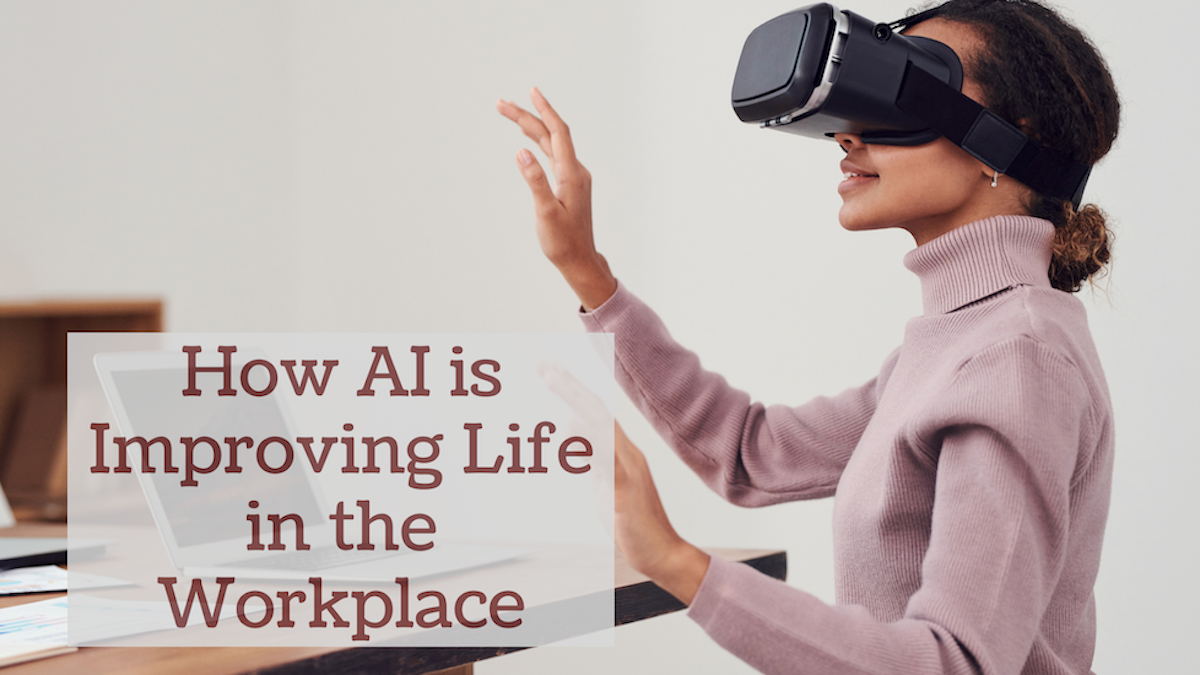Artificial intelligence (AI) is no longer the stuff of science fiction. It is so commonplace at this point that we are getting used to it being part of our daily lives. This applies to our jobs as well.
Before we even set foot in a new workplace, artificial intelligence is part of the whole employment-searching process. In the past, employers and candidates were limited to what was on a resume, providing a one-dimensional picture. Interviews and questionnaires have always been biased due to human nerves and wanting to make a good impression. What if an impartial algorithm could assess what job and candidate would be the perfect match?
Pymetrics was a concept initially started by neuroscientists who were looking to apply a neuroscience-based assessment to the field of human resources. Over the past decade, this process has been adapted to combine behavioral science and AI technology in order to pre-select candidates for jobs and ensure existing positions remain a good fit. Pymetrics uses AI-based behavioral assessments to collect objective behavioral data that measures a person’s authentic abilities. This technology works exceptionally well in the industries that rely on human capital, such as consulting, technology, and financial services. Using this type of technology are HireVue and Montage, assessing potential candidates by using an unbiased, ethical, AI-based model.
Once hired, employees are now adapting to chatbots for their onboarding questions. Answers to questions regarding the position, the workplace culture, and history are available 24/7. One example is Unilever’s Unabot, which employs a natural language processor to parse users’ questions and respond in a more human-like manner. The topics cover everything from bus schedules to payroll issues.
AI will also play a significant role in future employee training practices. The benefits include standardized training to all staff, freeing up the manager’s time to focus on other tasks, and allowing lessons to be passed onward with future employment. Several companies have incorporated augmented reality into the workforce. The concept of augmented tech is to support the human laborer and enhance their job performance. Some businesses use AR headsets to record data and monitor employees’ abilities, as well as record actions to use when training new hires.
This article was originally published at: alanrasof.net


